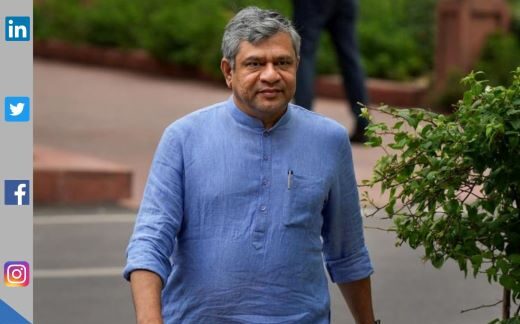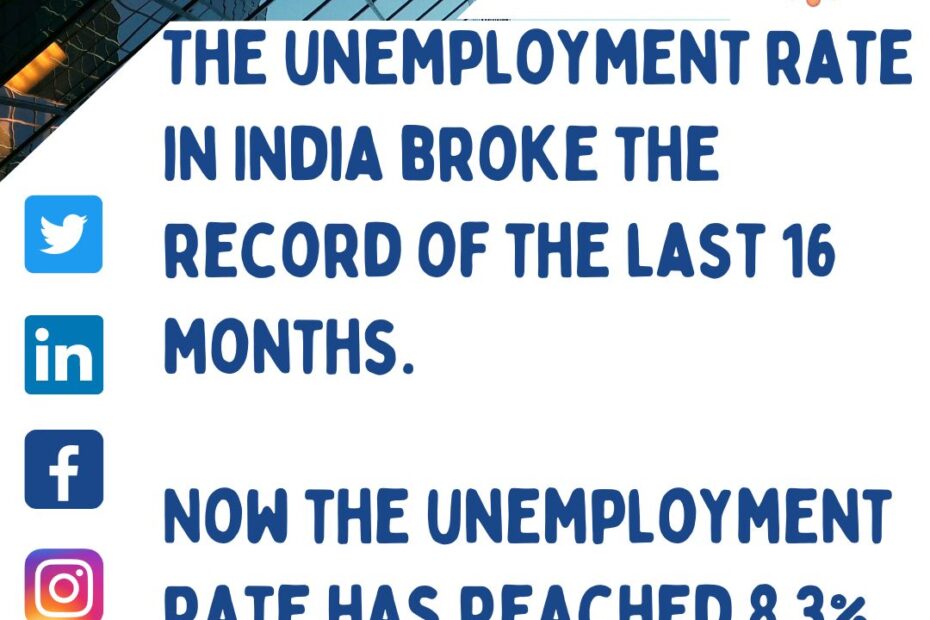Attention Aspiring Train Drivers! Loco Pilot Job Post Opening Up Across India!
Calling all future train captains! Are you passionate about railways and eager to steer India’s vast network forward? Get your engines revving, because a fantastic opportunity has just chuffed into town! The Railway Recruitment Boards… Attention Aspiring Train Drivers! Loco Pilot Job Post Opening Up Across India!








